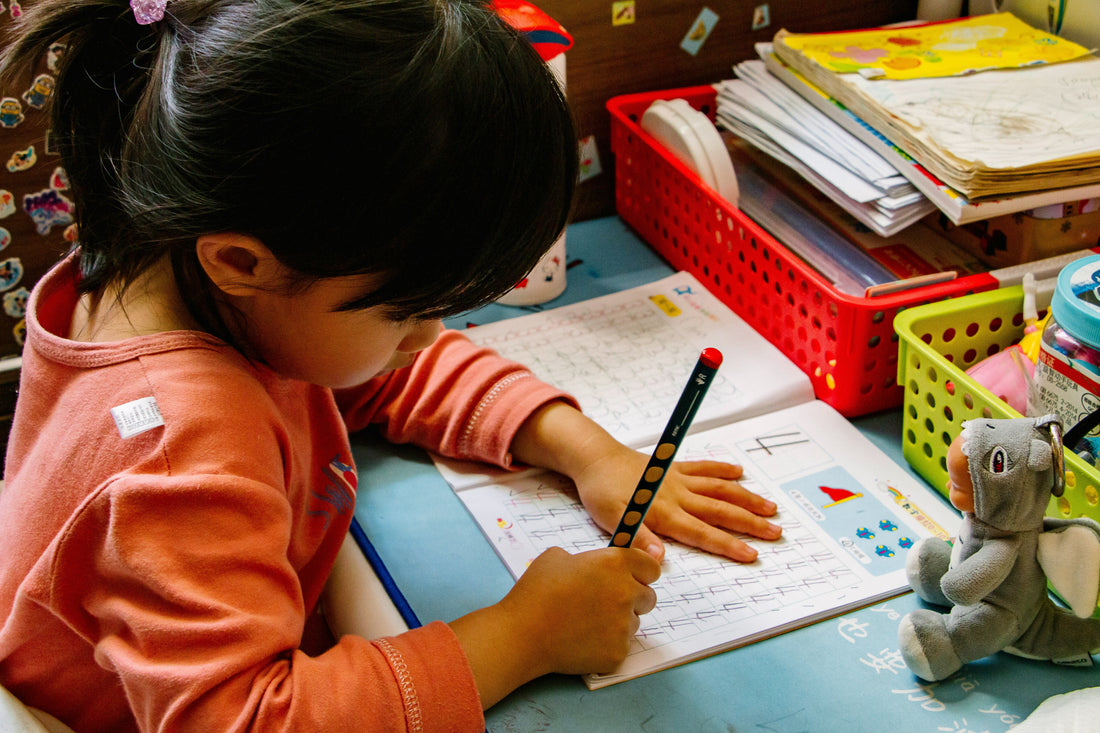Grief doesn’t stay at home—it follows children to school, impacting their ability to learn, engage, and connect with others. As a teacher, you play a crucial role in helping students navigate loss while maintaining a sense of stability. But knowing what to say or do can feel overwhelming. How do you support a grieving child while managing the needs of an entire classroom?
Here’s how you can create a supportive environment for students experiencing grief and loss.
1. Recognize the Signs of Grief in Children
Grief looks different in every child. While some may openly express sadness, others might act out, withdraw, or struggle academically. Common signs include:
-
Difficulty concentrating
-
Increased anxiety or fear
-
Changes in behavior (anger, aggression, or withdrawal)
-
Declining grades or lack of motivation
-
Physical complaints like headaches or stomachaches
Being aware of these signs can help you provide timely support and intervention.
2. Offer a Safe and Understanding Environment
Grieving children need reassurance that they are in a safe, supportive space. Here’s how you can foster that:
-
Acknowledge their loss. A simple, heartfelt statement like, “I’m so sorry for your loss. I’m here for you,” can go a long way.
-
Allow flexibility. Some children may need breaks during the day or extensions on assignments as they navigate their emotions.
-
Encourage open communication. Let them know they can talk to you if they’re struggling—but don’t pressure them to share before they’re ready.
3. Use Books and Activities to Help Children Process Grief
Books are powerful tools for helping children understand and process emotions. Consider incorporating age-appropriate books about grief into your curriculum. Titles like The Invisible String by Patrice Karst or Jurni can spark important conversations.
Classroom activities can also help, such as:
-
Journaling – Giving students a safe space to express their emotions privately.
-
Art projects – Encouraging children to draw or create something in memory of their loved one.
-
Circle time discussions – Creating a space where students can share their thoughts if they feel comfortable.
4. Partner with Parents and Counselors
Teachers don’t have to handle this alone. Stay in communication with parents or guardians to understand how the child is coping at home. School counselors can also provide additional support and resources. If you notice significant behavioral or emotional changes, don’t hesitate to reach out for professional guidance.
5. Be Patient—Grief Has No Timeline
Grieving children may have good days and bad days. They might seem fine one moment and overwhelmed the next. Continue offering support, even if time has passed since their loss. A simple check-in—“How are you doing today?”—can mean a lot.
Creating a Classroom of Compassion
Your support as an educator can make a profound difference in a grieving child’s life. By offering patience, understanding, and practical resources, you help create a classroom where students feel seen, valued, and supported—even in their hardest moments.
At Jurni, we're working to bring these themes of grief, healing, and hope to life through an animated short film inspired by our story. If you’d like to support this project, please visit our Kickstarter campaign or learn more on the Jurni website. Together, we can create something meaningful for families navigating their own journeys.

